Library
-
Children often have very close relationships with pets, and especially with cats. Losing a pet cat is inevitable and may be the child's first experience of death, but there are ways for parents and others to help the child cope with it. With care and support, your child can grow through the grief and heal.
-
Children often have very close relationships with pets, and especially with dogs. Losing a pet dog is inevitable and may be the child's first experience of death, but there are ways for parents and others to help the child cope with it. With care and support, your child can grow through the grief and heal.
-
It is important to prepare your dog for a new baby, particularly if the dog has not been exposed to children before. Most dogs readily accept infants after an initial period of adjustment and curiosity. Even the friendliest dog should be supervised when the baby is nearby.
-
Chin acne in cats is a poorly understood disorder of follicular keratinization (the overproduction of keratin, a protein found in the outer layer of skin). If this excess keratin is trapped in the hair follicle, comedones (blackheads) form. Pustules (pimples) may form if bacteria infect the comedones. The underlying causes are not fully understood but may be associated with excess sebum production, viral infection, immunosuppression, stress, or poor grooming. Treatment options are available and often involve improved hygiene.
-
This handout provides basic guidelines for feeding a pet chinchilla a healthy and balanced diet tailored to the specific needs of chinchillas.
-
Chinchillas can make fun, enjoyable pets. They can live 15-20 years, so the family must plan for a long-term commitment. They require a cage with a wheel to run in to help them maintain their health and strength. Yearly veterinary examinations are highly advised as they are very good at hiding symptoms of illness.
-
Chinchillas are generally hardy animals but can have several unique problems; understanding them will help you care for your pet and manage potential health problems.
-
Chinchillas are generally hardy animals but are susceptible to several unique health conditions; understanding them will help you care for your pet and manage potential health problems. This handout describes the most common conditions seen in pet chinchillas.
-
Your chinchilla's cage should allow them to move around a lot, as they are very active, agile, and acrobatic animals. This handout discusses best practices for maintaining a healthy chinchilla living environment.
-
One of the most unique and striking-looking dogs, Chinese Cresteds resemble pint-sized stallions. Lively and friendly, they keep faces washed with kissing. Like all Toy breeds, they were bred for loving companionship, and they carry out their job well.


